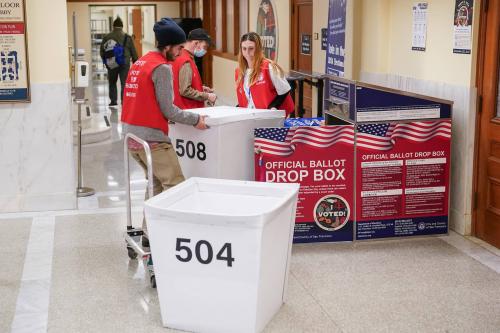YouTube provides a new channel for campaigns to broadcast their messages to citizens. How is it affecting the nature of campaigning? This paper examines YouTube videos uploaded in various campaigns in 12 countries, examining the tone, content, and popularity of each video.
Highlights include:
- Tone: YouTube campaign videos are more positive than ads aired on television, but that the size of the difference between the two mediums varied greatly between countries. Informing and inspiring supporters is a task well suited to YouTube videos. Attacking an opponent, however, is more effectively done on TV. This bifurcation between a sunny YouTube presence and a mean-spirited television ad campaign is stronger in US-style winner-take-all elections than in European-style proportional elections, and has major consequences for the character of campaigning and how candidates are seen by voters.
- Audience: The audience for YouTube advertisements is younger, richer, more educated, more politically interested, and more partisan than the population at large. In other countries, the differences are likely even more stark, because the U.S. has a much higher reported use of the internet for political purposes than do most other democracies.
- Broadcast cost: Running long-form political infomercials on television is not unheard of, but expensive. With YouTube, it is now possible to provide detailed video information to activist copartisans and other members of the political elite for a broadcast cost of $0. The average length of each YouTube video, even including all the uploaded TV ads, is more than five minutes both across all the countries and within the U.S. Several hundred of the videos are over 10 minutes in length, often consisting of extended clips from candidate speeches. TV ads, of course, are far shorter. YouTube provides a substantially more cost effective means of providing detailed information to those who seek it than does TV.
- Election Rules: Information from the observed YouTube campaigning is clear on this question: the more proportional electoral systems tend to induce more positive election advertising, while the American- or British-style single member district elections tend to be more negative. As before, this difference is statistically significant and robust to multilevel, multivariate analysis. Almost one in four YouTube videos in American-style election systems are attack ads, compared with one in six videos in proportional representation systems.


